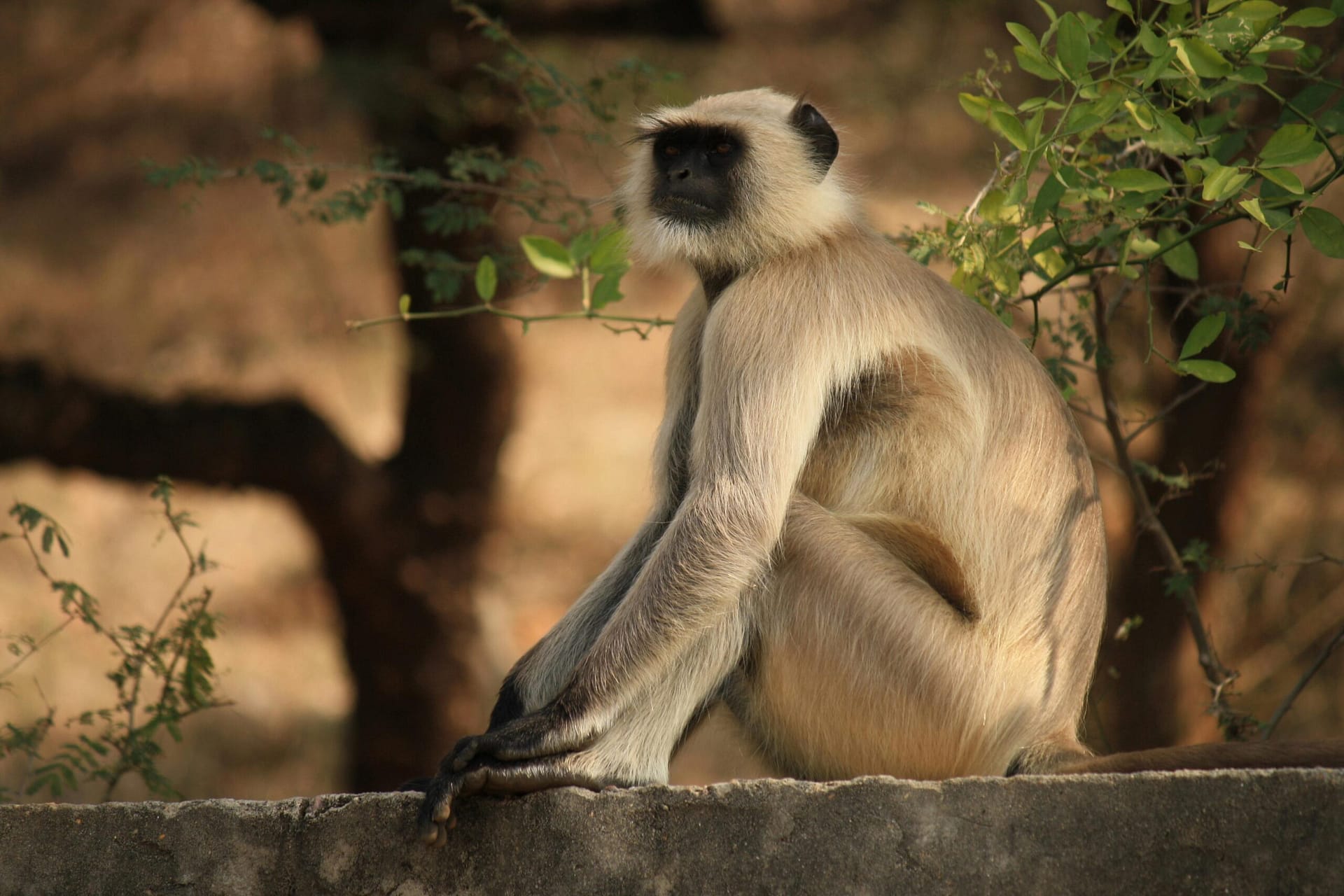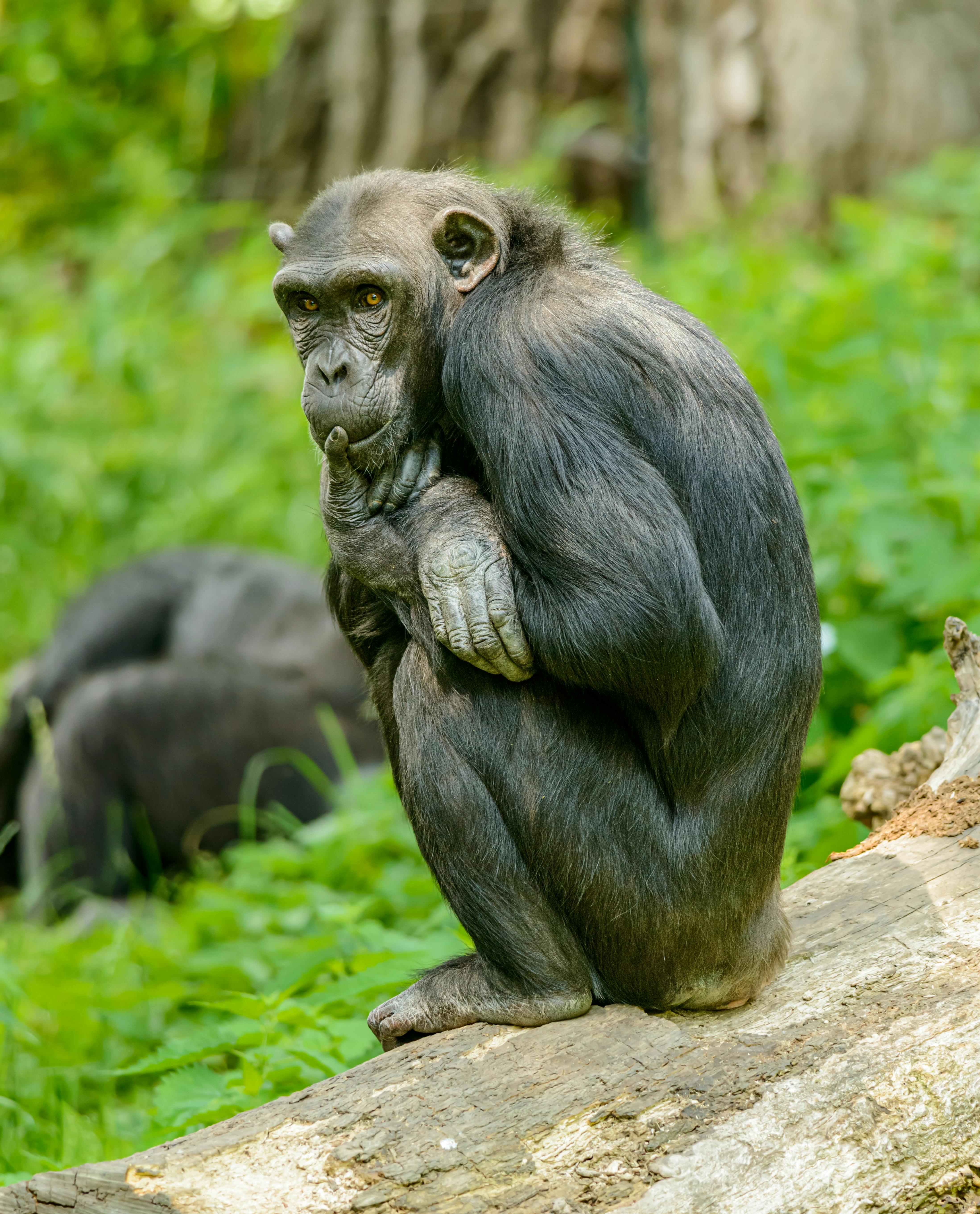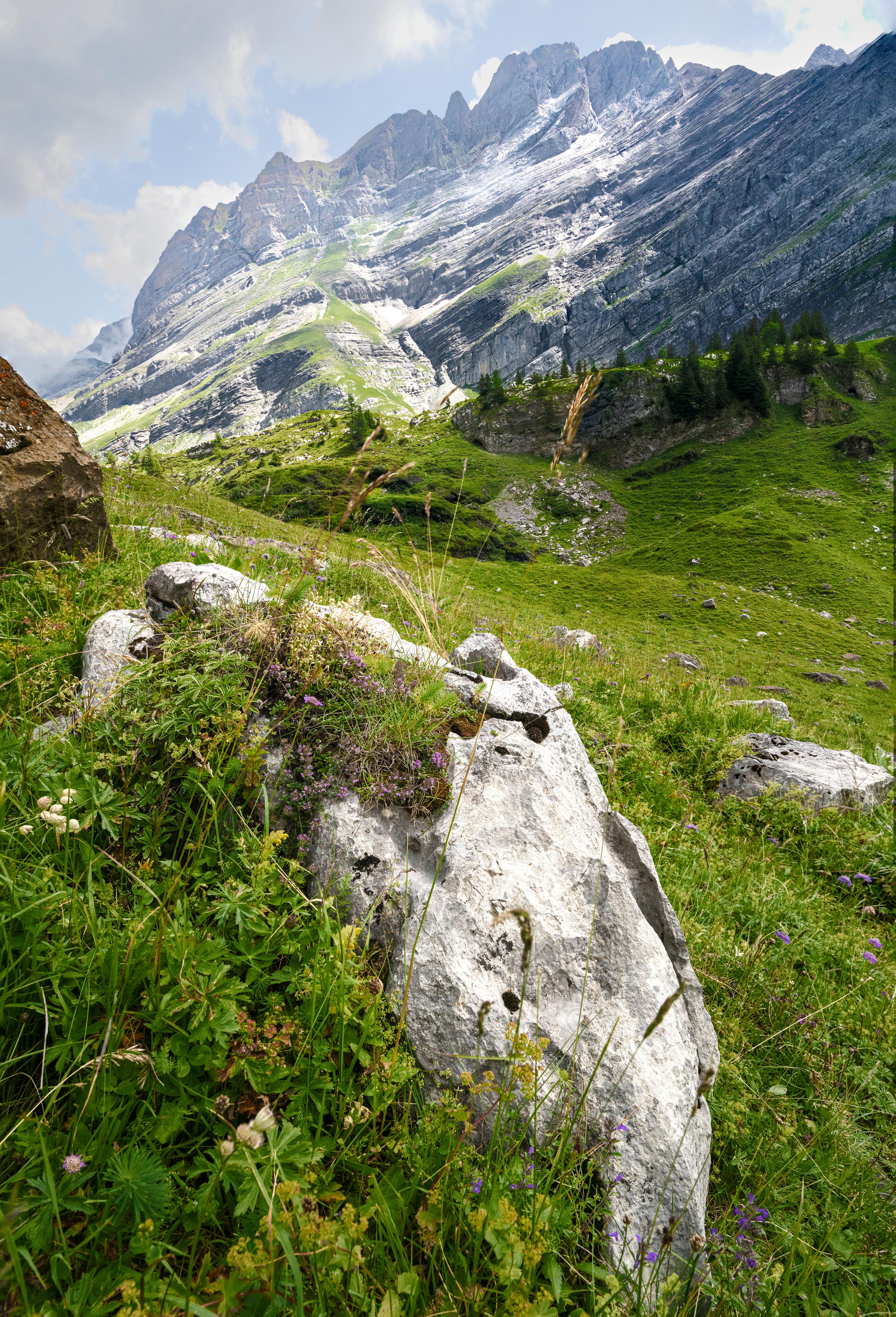So you’re curious about the differences between indoor and outdoor cannabis cultivation? Well, look no further! In this article, we’ll explore the distinct methods of growing cannabis indoors and outdoors, shedding light on the pros and cons of each approach. From environmental factors to cost considerations, we’ll cover all the essential elements that make these two cultivation methods unique. Whether you’re a seasoned cultivator or just starting out, understanding these differences will help you make informed decisions and ultimately optimize your cannabis cultivation experience. So buckle up as we embark on this enlightening journey into the world of indoor and outdoor cannabis cultivation!
Climate Control
Indoor: Controlled Environment
When it comes to climate control, indoor cannabis cultivation offers a significant advantage. With an indoor setup, you have complete control over the environment, allowing you to create the ideal conditions for your plants. You can adjust the temperature, humidity, and ventilation to maximize the growth and yield of your cannabis plants. This level of control ensures that your plants are not subjected to extreme weather conditions or fluctuations in the climate, which can negatively impact their growth.
Outdoor: Reliant on Natural Climate
In contrast, outdoor cultivation relies on the natural climate. While this can be advantageous in terms of not needing to invest in expensive equipment, it also poses some challenges. Outdoor cannabis cultivation is heavily influenced by the local climate, which can vary greatly depending on the region. Factors such as temperature, humidity, and sunlight availability can fluctuate and affect the growth of your cannabis plants. Your plants are exposed to the elements, making them more vulnerable to extreme weather conditions such as heatwaves, heavy rain, or strong winds.
Lighting
Indoor: Artificial Light Sources
One major difference between indoor and outdoor cannabis cultivation is the lighting source. Indoor setups require artificial light sources, such as high-intensity discharge (HID) lamps, light-emitting diodes (LEDs), or compact fluorescent lights (CFLs). These lights provide a consistent and controlled spectrum of light that closely mimics natural sunlight. By providing the right amount and quality of light, you can optimize the growth of your cannabis plants, ensuring they receive the necessary light for photosynthesis and optimal bud production.
Outdoor: Natural Sunlight
Outdoor cultivation relies solely on natural sunlight as the primary source of light for cannabis plants. While sunlight is abundant and free, it is also subject to seasonal variations and environmental factors. The intensity and duration of sunlight vary throughout the year, potentially affecting the growth and development of your plants. However, natural sunlight provides a broad spectrum of light that may result in different flavor profiles and cannabinoid content compared to artificially lit indoor-grown cannabis.
Cost
Indoor: Higher Initial Investment
Setting up an indoor cultivation operation requires a higher initial investment compared to outdoor cultivation. Indoor setups necessitate the purchase of lighting systems, ventilation systems, environmental control equipment, and other specialized tools. The costs associated with maintaining the optimal growing conditions, such as electricity for lighting and air conditioning, can also add up over time. However, the initial investment in indoor cultivation can be offset by the potential for higher yields and consistent quality.
Outdoor: Lower Operating Costs
Outdoor cultivation generally has lower operating costs compared to indoor setups. With natural sunlight and ventilation, you avoid the need for artificial lighting and extensive climate control equipment. This translates to reduced electricity expenses and lower maintenance costs. However, outdoor cultivation still requires investment in essential equipment like irrigation systems, pest control measures, and security measures to protect your plants from theft or animal damage.
Yield
Indoor: Higher Yield Potential
Indoor cultivation offers the potential for higher yields compared to outdoor cultivation. By creating the optimal growing conditions and providing artificial light sources, you can extend the vegetative and flowering phases of your cannabis plants. This extended growth period allows for multiple harvests throughout the year, maximizing your overall yield. Additionally, indoor setups enable the use of advanced cultivation techniques, such as hydroponics or aeroponics, which can further enhance yield potential.
Outdoor: Lower Yield Potential
Outdoor cultivation generally has a lower yield potential compared to indoor setups. The reliance on natural sunlight and seasonal variations limits the growth cycle of your plants. Outdoor cannabis cultivation typically follows the natural cycle, with plants entering the flowering phase in response to changes in daylight and temperature. While this can result in high-quality, sun-kissed buds, you will have to wait for the appropriate season to harvest, thus limiting your potential yield compared to indoor cultivation.
Harvest Time
Indoor: Year-Round Harvest
One significant advantage of indoor cultivation is the ability to achieve a year-round harvest. By controlling the lighting and environmental conditions, you can manipulate the growth cycle of your cannabis plants, allowing for continuous and consistent harvests. This flexibility ensures a steady supply of cannabis throughout the year, catering to market demands and reducing the dependence on seasonal fluctuations.
Outdoor: Seasonal Harvest
Outdoor cultivation is subject to the natural growing season and climate. Cannabis plants grown outdoors follow a more traditional growth cycle, with flowering and harvest occurring in specific seasons. Depending on your location and climate, you may have one or two harvests per year. While you may benefit from the sunlight and organic elements during the growing season, the limited harvest window means you must plan accordingly and rely on a single harvest to meet your needs.
Quality Control
Indoor: More Control over Quality
Indoor cultivation provides greater control over the quality of your cannabis plants. By managing the growing environment, you can optimize factors such as temperature, humidity, nutrient levels, and CO2 concentration, resulting in consistent and predictable plant growth. The controlled conditions minimize the risk of pest infestations, diseases, or other environmental stressors that can negatively impact the quality of your buds. Additionally, indoor setups allow for precision feeding and watering, ensuring that your plants receive the ideal nutrients and hydration for optimal growth and potency.
Outdoor: Variation in Quality
Outdoor cultivation, while offering the potential for unique flavors and terpene profiles, can result in more variation in the quality of your cannabis plants. The exposure to natural elements, including pests, diseases, and weather fluctuations, introduces a level of unpredictability. While organic and outdoor-grown cannabis is favored by some consumers, there is less control over the final product’s consistency and quality compared to indoor cultivation.
Pest and Disease Management
Indoor: Easier Pest and Disease Management
Indoor cultivation provides a more controlled environment, making pest and disease management easier. With proper ventilation and filtering systems, you can minimize the risk of pests entering your cultivation space. Additionally, the absence of outdoor elements reduces the chances of your plants being exposed to common pests like spider mites or aphids. The controlled environment also allows for the early detection and containment of any potential pest or disease issues, ensuring that your plants remain healthy and productive.
Outdoor: Increased Risk of Pests and Diseases
Outdoor cultivation poses a higher risk of pests and diseases due to the exposure to the natural environment. Without the controlled environment of an indoor setup, your plants are more susceptible to infestations from insects, fungi, and other pathogens. The presence of neighboring plants, wildlife, or airborne spores further increases the risk. While organic pest control methods and regular monitoring can help manage these risks, outdoor growers need to be vigilant and take preventative measures to protect their cannabis plants.
Environmental Impact
Indoor: Higher Energy Consumption
Indoor cultivation consumes significantly more energy compared to outdoor cultivation. The use of artificial lighting, ventilation systems, and climate control equipment contribute to high electricity consumption. This increased energy demand has an environmental impact, mainly if the electricity is sourced from non-renewable sources. As the cannabis industry continues to grow, adopting energy-efficient technologies and renewable energy sources will be crucial to reducing the environmental footprint of indoor cultivation.
Outdoor: Lower Environmental Impact
Outdoor cultivation has a lower environmental impact compared to indoor setups. By relying on natural sunlight, you reduce the need for artificial lighting, which saves both energy and reduces carbon emissions. Furthermore, outdoor cultivation benefits from the natural ecosystem, including soil biodiversity and natural pest control mechanisms. However, outdoor cultivation practices must still prioritize sustainable farming methods and minimize pollution from runoff, pesticides, or excessive water usage.
Flexibility
Indoor: Year-Round Cultivation
Indoor cultivation offers unparalleled flexibility in terms of cultivation schedules. By controlling the lighting and environmental conditions, you can grow cannabis year-round, irrespective of the natural growing season. This flexibility allows you to meet market demand consistently, experiment with different strains, and optimize your cultivation space utilization. You can also stagger your harvests, ensuring a continuous supply of cannabis and reducing the reliance on seasonal market fluctuations.
Outdoor: Limited by Season
Outdoor cultivation is limited by the natural seasons and growing conditions. Your cannabis plants will follow the natural cycle, with growth and flowering occurring during specific times of the year. This limits your ability to cultivate cannabis year-round and may result in challenges in meeting market demand during off-seasons. However, outdoor cultivation gives you the opportunity to work with the environmental cues and take advantage of the unique flavors and terpene profiles that can develop in sun-grown cannabis.
Aesthetics
Indoor: Controlled Appearance
Indoor cultivation provides the ability to control the appearance and aesthetics of your cannabis plants. From the choice of grow medium, pot size, and training techniques to meticulous pruning and trimming, indoor growers can shape their plants’ overall appearance. Additionally, the controlled environment minimizes the risk of damage from weather conditions or outdoor elements, resulting in pristine-looking buds that are visually appealing to consumers.
Outdoor: Natural and Scenic
Outdoor cultivation allows you to appreciate the natural beauty and scenic landscapes that cannabis plants can thrive in. The ability to witness the growth and development of your plants in their natural habitat can be a rewarding experience. Outdoor-grown cannabis often carries the charm of being sun-grown, resulting in unique flavors and aromas that cannot be replicated in an indoor setup. The visual appeal of lush green plants bathed in natural sunlight is a sight that many cannabis enthusiasts appreciate.
In conclusion, the decision between indoor and outdoor cannabis cultivation depends on various factors such as climate control needs, lighting preferences, cost considerations, yield potential, and quality control requirements. Indoor cultivation offers precise control over the growing environment, allowing for higher yields, year-round harvests, and consistent quality. On the other hand, outdoor cultivation embraces the natural elements, resulting in scenic landscapes, unique flavors, and potentially lower operating costs. Each approach has its own advantages and considerations, and ultimately, it comes down to personal preferences, goals, and the specific demands of the cannabis market.



